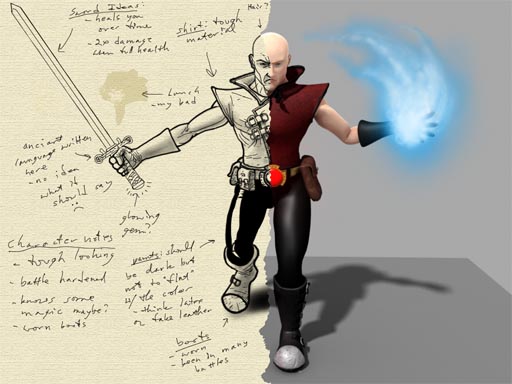Developers are important to the games design industry as without them you won't have a game as they are the ones who create or develop the game. Developers make everything in the game, from sound to character appearance to level design. Developers are crucial as you need a full development team to make the game, otherwise you will have parts missing and the game won't be very good which therefore wouldn't be any point in releasing he game. The main developer roles are:
* Designer
* Artist
 * Programmer
* Programmer* Level Designer
* Sound |Engineer
* Tester
In each of the categories above there is lead role, such as:
* Lead Designer
* Lead Artist
* Lead Programmer
* Lead Level Designer
* Lead Sound Engineer
* Lead Tester
The leaders watch there team and make sure they are doing there work and they make sure the team is on top of it all. The leader has to report how the rest of the team is doing and he is in charge of hem so he has to make sure all work in the game is completed efficiently.
Publishers:
The Publishers are the ones who publish the game so they can sell it. The Publishers are responsible for the market research, manufacturing and advertisement for the game. This could include, banners, leaflets, adverts on TV, newspapers, billboards. The manufacturing would be making sure the game cover looks right and making sure the game has is being made properly and being keeping on top of work. For market research the Publishers will look at what other companies are doing to make there game the best and make sure that their game is better. The most popular publishers are:
* Ubisoft
* Electronic Arts (EA)
* SONY
* Microsoft
* Activision
Console Manufacturers/ First-Party Publishers:
Console Manufacturers also known as first-party publishers are a company that makes the game consoles and getting third-party publishers to produce games for its platform, this also needs licensing fees. Console Manufacturers are:
* Nintendo (With the Wii or the Wii U)
* Microsoft (With the Xbox, Xbox 360 and the Xbox 1)
* Sony Computer Entertainment (With the PlayStation, PlayStation 2, PlayStation 3 and PlayStation 4)
Distribution and Retail:
Outsourcing Companies:
Media and Press: